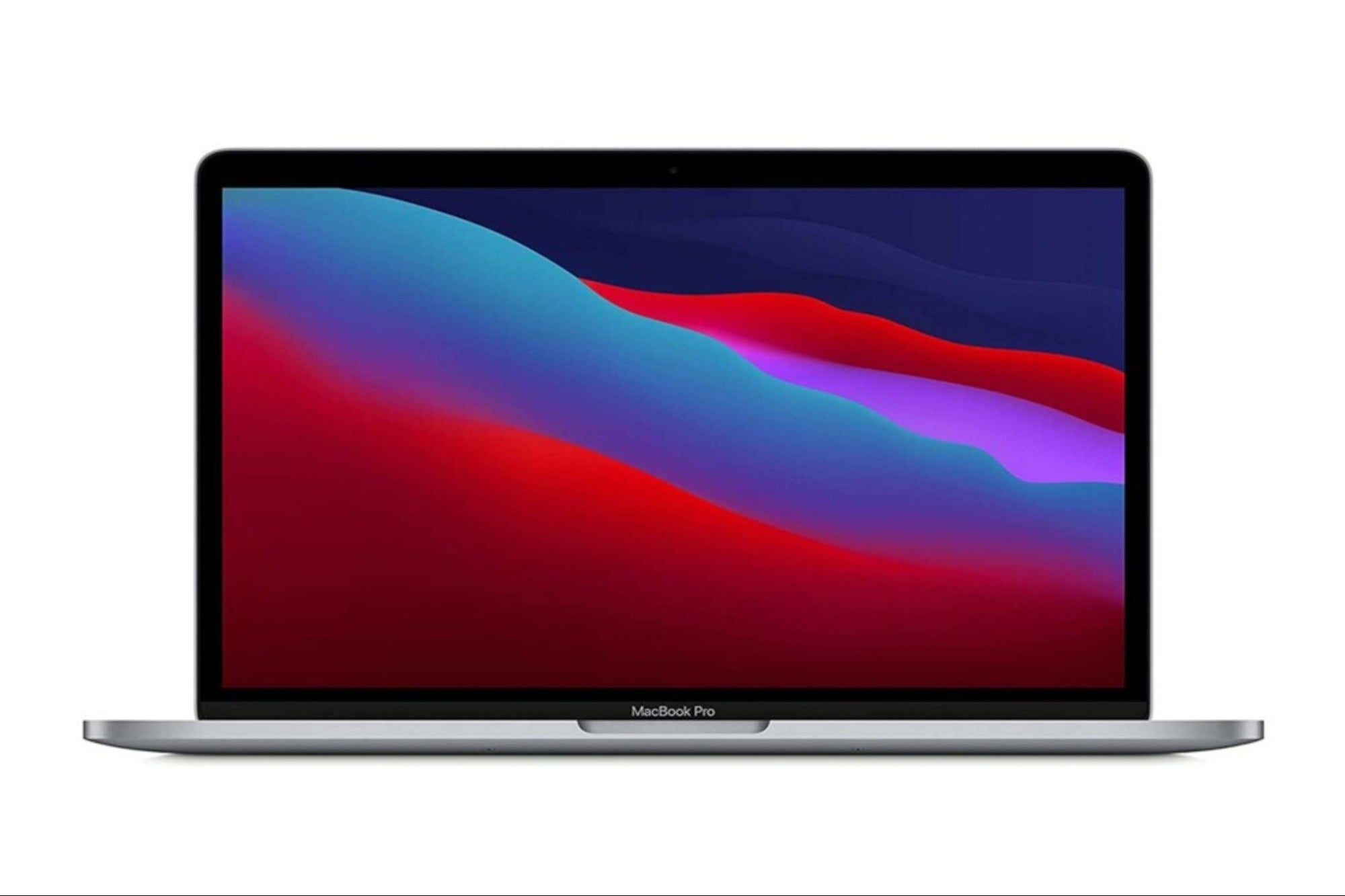This Startup Wants Robots in Every Warehouse Clearpath Robotics says its robots are fundamentally different from the ones Amazon uses.
By Marty Jerome
Opinions expressed by BIZ Experiences contributors are their own.

Amazon's proprietary Kiva robots are state-of-the art inventory fetchers, saving humans from walking up to 11 miles per shift, some experts estimate. They've helped Amazon build some of the most efficient warehouses on the planet. Now Clearpath Robotics of Kitchener, Ontario, is looking to upend that dominance with its automated guided vehicles (AGVs), i.e., mobile robots.
It's a unique opportunity—and challenge. Direct human labor (picking, packing, sorting) remains one of the most expensive cost centers for e-commerce. The implications of easily automating such processes could be a game-changer for fulfillment centers and third-party logistics companies—a study from Janney Capital Markets estimates that robots could reduce fulfillment costs by 20 to 40 percent.
Humans still retain an edge; they can quickly identify objects and manipulate them with just the right amount of force. By comparison, machines are ham-handed, especially if an object is unfamiliar, awkwardly shaped or sitting on a dark shelf. Clearpath's bots are out to close that skills gap.
"Our technology is fundamentally different from the one Amazon uses," says Simon Drexler, Clearpath's director of indoor industrial systems. "Our robots operate in collaboration with what human beings are already doing, meaning you can implement them within operations in facilities that already exist."
While Amazon's robots navigate warehouses by reading bar codes on the floor, Clearpath's intelligent AGVs will roll through an environment, laser-scan it and store it in their onboard memory. (They are scheduled for full release by late fall.) "Integration is a relatively minor process," Drexler says. "We can get a fleet of robots up and running in a matter of days."
Clearpath was founded in 2009 by four mechatronics engineering students from the University of Waterloo working to develop robots for U.S. Army minefield operations. The initial bots were unmanned vehicles designed for what the company calls "the world's dullest, dirtiest and deadliest jobs"—mining, disaster response, harbor surveillance and agriculture.
Clearpath's recent pivot into warehouse automation is an outgrowth of what its engineers have learned and perfected in the past six years through lucrative research contracts with Microsoft (for its Xbox Kinect motion-detection game console), Honda, NASA and the Massachusetts Institute of Technology.
"System design and algorithms are central to good robots. Fast robots must also be smart—able to pick up red T-shirts instead of blue ones," says Jim Beretta, head of Customer Attraction, a Cambridge, Ontario-based B2B marketing consultancy. "Clearpath are experts at developing systems to do this."
But Amazon still casts a large shadow, and so does Google (with its self-driving car). At stake is a slice of the application of advanced robotics across healthcare, manufacturing and services, which could have an estimated potential economic impact of $1.7 trillion to $4.5 trillion per year by 2025, according to McKinsey & Company. Even a small slice of that pie would mean billions for the privately held Clearpath, which has seen its partnerships drive revenue growth of 200 percent year over year since 2010. (The company would not provide specifics.)
Clearpath's ultimate goal is to remove humans from fulfillment centers altogether. "The long-term vision," Drexler says, "is for a manufacturing or fulfillment facility where you can literally shut the lights off because everything is automated."











